“This is the most calm and confident about releasing a game I’ve ever been,” Gareth Damian Martin, the sole developer that makes up Jump Over The Age, tells me. They exude an aura of calm that doesn’t befit a developer two months away from shipping a hotly-anticipated sequel to an enormously successful indie game, the vast majority of which (all aspects other than art and music) they have done themselves.
But it hasn’t been an easy journey to get here. Citizen Sleeper 2: Starward Vector is releasing on January 31, 2025, having been internally pulled forward a month to avoid the chaos of February’s triple-A release schedule. Damian Martin has come through health issues and the deaths of collaborators to bring you a game that, above all else, is about entropy.
“It’s a hell of a development journey, this one,” Damian Martin explains. “I had the same surgery twice [in the past year]. It was a surgery where it has a long healing process and if it doesn’t go right you just have to go and have the surgery again and do exactly the same thing again going through the same process. That was really difficult psychologically.”
We’ve got to bounce back,” – Serafin, Citizen Sleeper 2
Damian Martin dedicated the sequel to Jed Gillamac – the actor who voiced Serafin for the trailers – who died soon after recording the second trailer: “It’s not someone that I knew very well, but that also was a big part of the energy of making this game.”
So how did this painful development period become a game that Damian Martin is so calm and collected about?
Damian Martin used their experiences as fuel, not only for the narrative they were in the midst of penning but also for the drive to push on, push through.
“It became an entropic process where I felt like I was chasing my own ability to make [Citizen Sleeper 2], but it’s imbued an incredible energy into the game that became really powerful,” they tell me. “I didn’t know how the game was going to end when I started it and then I discovered how it was going to end throughout the process of doing these things.
“There’s a line in the trailer that Jed read that’s, we’ve got to bounce back. That became the mantra for me in the last year of development for Citizen Sleeper 2. It’s a game all about bouncing back. Not just in terms of how the game plays but in terms of what I wanted to do: I wanted that to be my response to getting halfway through development and then losing months to medical stuff is to just say, ‘I’m just gonna bounce back.’”
And bounce back they did. Damian Martin credits their commitment to strict deadlines in the face of adversity to their background in theatre, where a show simply had to be as ready as it can be by performance time. The show must go on. But being finished isn’t the same as being perfect. Nor is it the same as being in a place where you can be so relaxed about the impending release of a follow-up to your seminal work.
But more than their hard work or the hurdles they’ve overcome, Damian Martin feels relaxed because they feel like they’ve found their audience. As a solo developer, Damian Martin has developed a sense of trust with their players, and it’s this trust that’s instilled a sense of calmness in them in the weeks before Starward Vector’s release.
“What’s really giving me confidence is people’s love for the first game,” they explain. “The fact that they understand it and they’re coming with me on the journey.”
But Damian Martin has used these setbacks to their advantage. Like all great science-fiction authors, they have always woven real-life parallels into their Citizen Sleeper stories. Tales of refugees, healthcare crises, and the gig economy will resonate with thousands of players – a million have now played the first game – no matter if set in contemporary London or on a space station in the far future. The developer tells me to look out for narratives that reflect their repeated surgeries and painful recovery periods in Starward Vector (“this will become important”), but their inspiration isn’t just taken from reality.
William Gibson’s work is the connection I always make when thinking about Citizen Sleeper’s inspirations, but Damian Martin lists a catalogue of other media that inform their work. Firefly, Mass Effect 2, a passionate ramble about Cowboy Bebop, Jim Henson’s Farscape, Pandemic: The Cure. And, of course, Citizen Sleeper.
But how do you move on from such a beloved game, how do you iterate on it and, as most fans will be hoping for, how do you better it?
“I wanted to have a response to the feeling that people had that Citizen Sleeper is not an RPG,” they explain. “This was a real instigator for me; I want to prove those people wrong.”
You can see exactly where this logic has taken the game from the Hexport demo alone. The stress system is the most obvious extrapolation of the first game, a mechanic which Damian Martin based on tabletop ‘push your luck’ dice rolls and named in the style of that ‘00s style of RPG mechanic that always needed a catchy marketing buzzword (the Nemesis System is the most recent example that springs to mind).
But every facet of Starward Vector seems to be pushing Citizen Sleeper to its RPG limits. The party members, the intergalactic travel, the intensity of missions inside the bowels of a decaying spacecraft. Starward Vector is an RPG through and through, layered with more mechanics, more words, and more music than its predecessor.
Citizen Sleeper 2: Starward Vector has 250,000 words compared to the first game’s 130,000, which rose to 180,000 with the DLC. There is also 100 minutes of music in the sequel, compared to the original’s 60.
But Damian Martin was careful not to just add more to the original game. More isn’t always better, they tell me. They want Starward Vector to be different, to be accessible, to work as a standalone story in the same universe, and to be able to be played before the first game.
“[My] objective was not to undermine or undercut Citizen Sleeper 1,” Damian Martin says. “Because it’s so beloved, it gets scary to touch it and so that’s why I was trying to push them away from each other and make sure that they’re companion games. I really don’t want people to play Citizen Sleeper 2 and be like, oh well this is just better objectively and therefore completely invalidates the first game. I want them to be quite different, have different emotional arcs and different experiences, and also be able to be played in any order.”
This is mighty ambitious for any developer, let alone one working largely on their own. Damian Martin is not only looking to bring existing fans back into the Citizen Sleeper universe, but eschew the core tenets of the traditional sequel while they’re at it. Sure, this is set chronologically after the first game, but with both lightyears and regular years between them, Damian Martin believes that you can feasibly play the sequel first before going back to the original.
“I’m a huge advocate for indie games being super interesting and testing the boundaries of genres,” – Gareth Damian Martin
There’s a little crossover between the two games in terms of personnel. We saw Bliss in the trailer for Starward Vector, and Damian Martin confirms to me that the characters from the refugee flotilla in the DLC will reappear as well. We’ll be able to see how they’ve changed, what their fates are, and whether they were successful in navigating this dilapidated universe. Conversely, players who jump in with the sequel will have the opportunity to see ‘backstories’ for these characters if they choose to go back and play the original game.
Damian Martin has the wind in their sails, and the success of Citizen Sleeper (and, to a lesser extent, their first game, In Other Waters) has spurred them onto the sequel with speed and fury. I didn’t expect to be seeing Starward Vector anywhere near this soon, and Damian Martin concedes that they’ll be taking a well-earned break after its release.
After that, though, they’ve already got plans. “I’m a huge advocate for indie games being super interesting and testing the boundaries of genres, so I have a project in mind that I really want to take people’s trust and do something exciting with it and something they won’t have seen before,” they explain. What about Citizen Sleeper, though? Is Starward Vector the end of our shared experiences in the Sleeper’s world?
Yes and no. “I have plans cooking away for Citizen Sleeper to continue,” the developer explains. “But it won’t be in a video game form.” As cryptic as it is, I think the recently released TTRPG and Damian Martin’s open desire to see players expand this universe for themselves give us a sense of where we might be headed.
For Damian Martin, though, they’re closing the book on this chapter of Jump Over The Age, taking down their corkboard of scrawled sci-fi planning, and jumping into something exciting, weird, and completely new.
“I won’t be thinking about spaceships for a little while.”
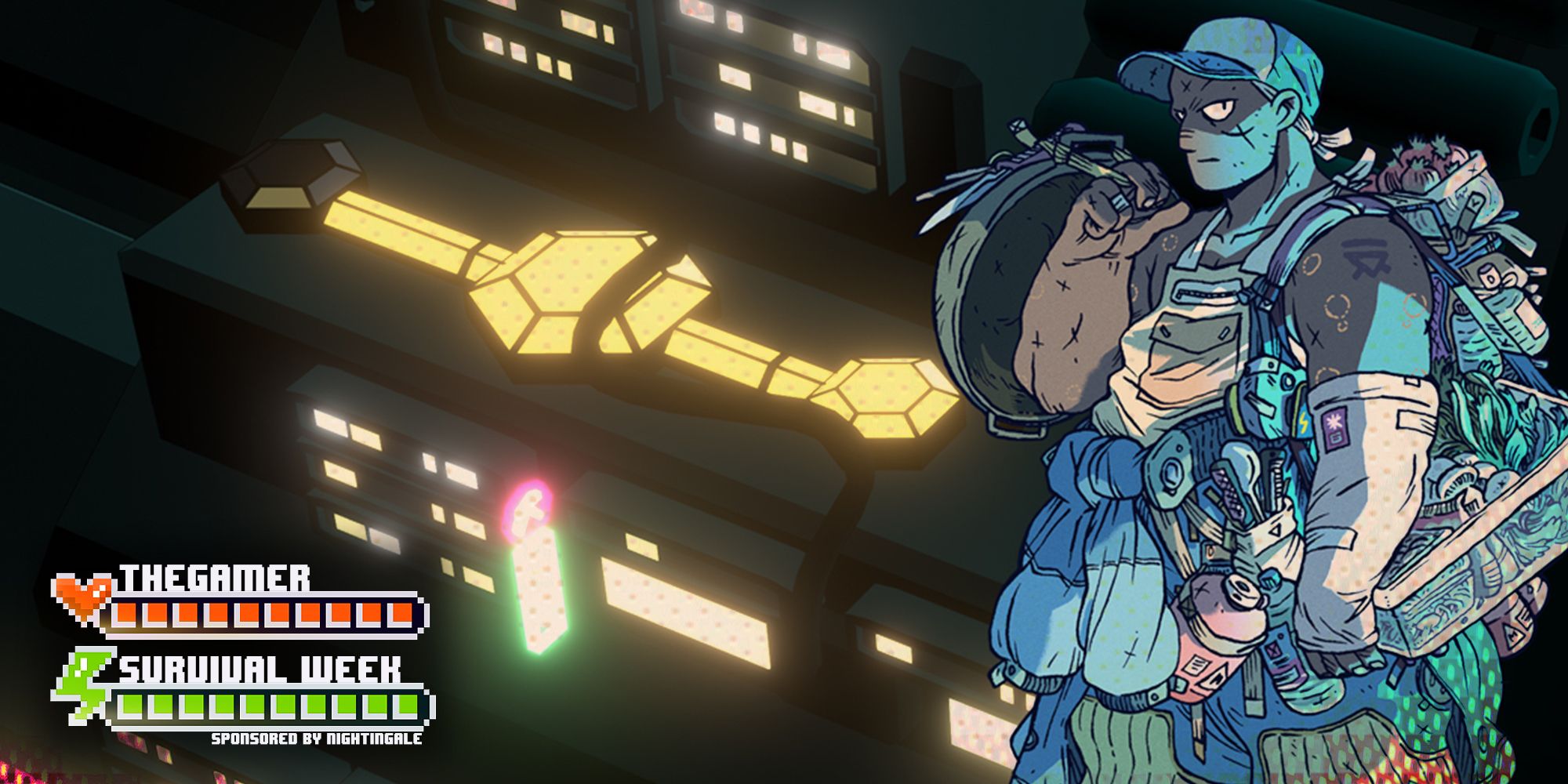
Next
Citizen Sleeper Isn’t A Survival Game, But It’s A Game About Surviving
And that makes it hit even harder
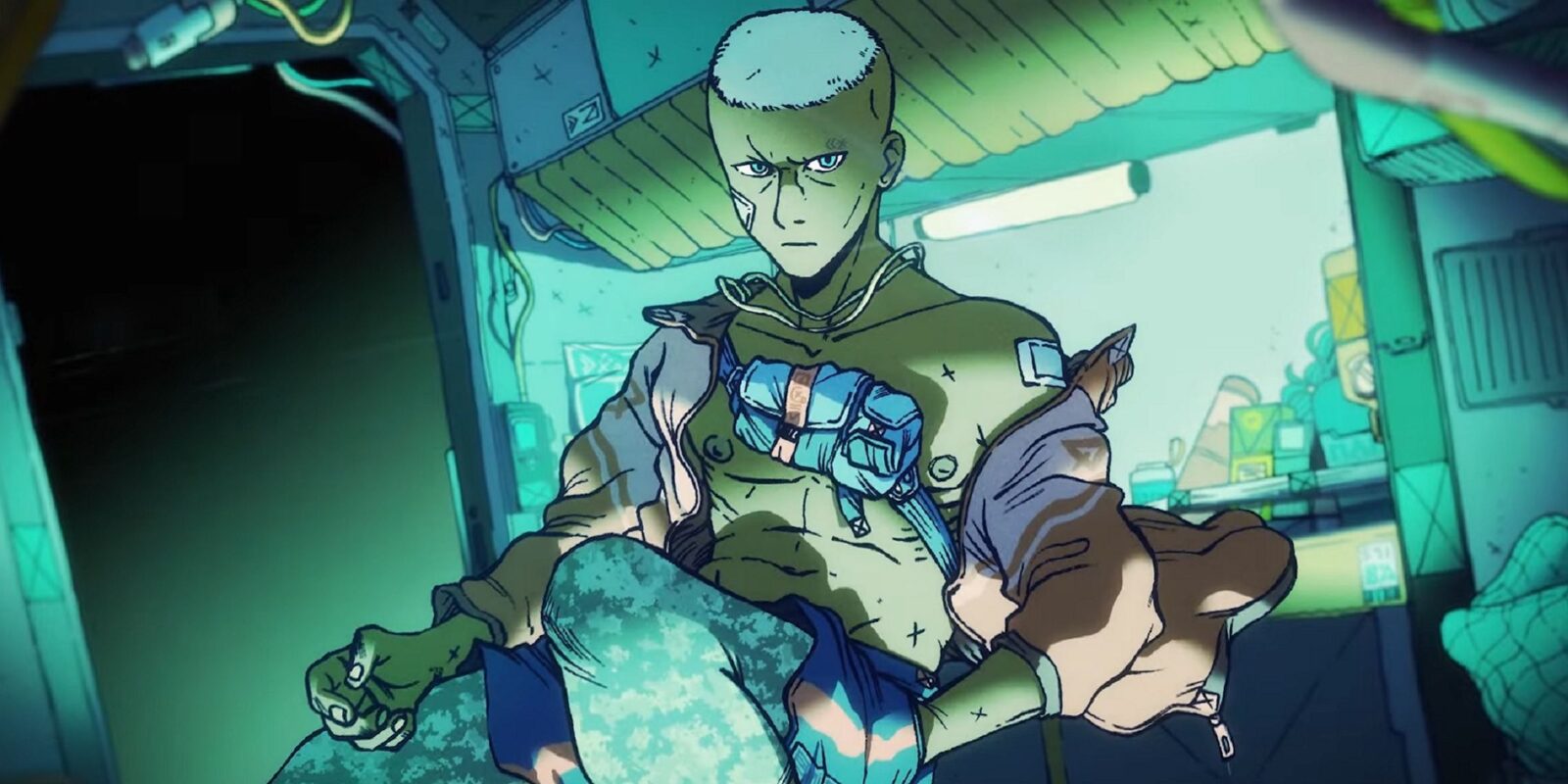

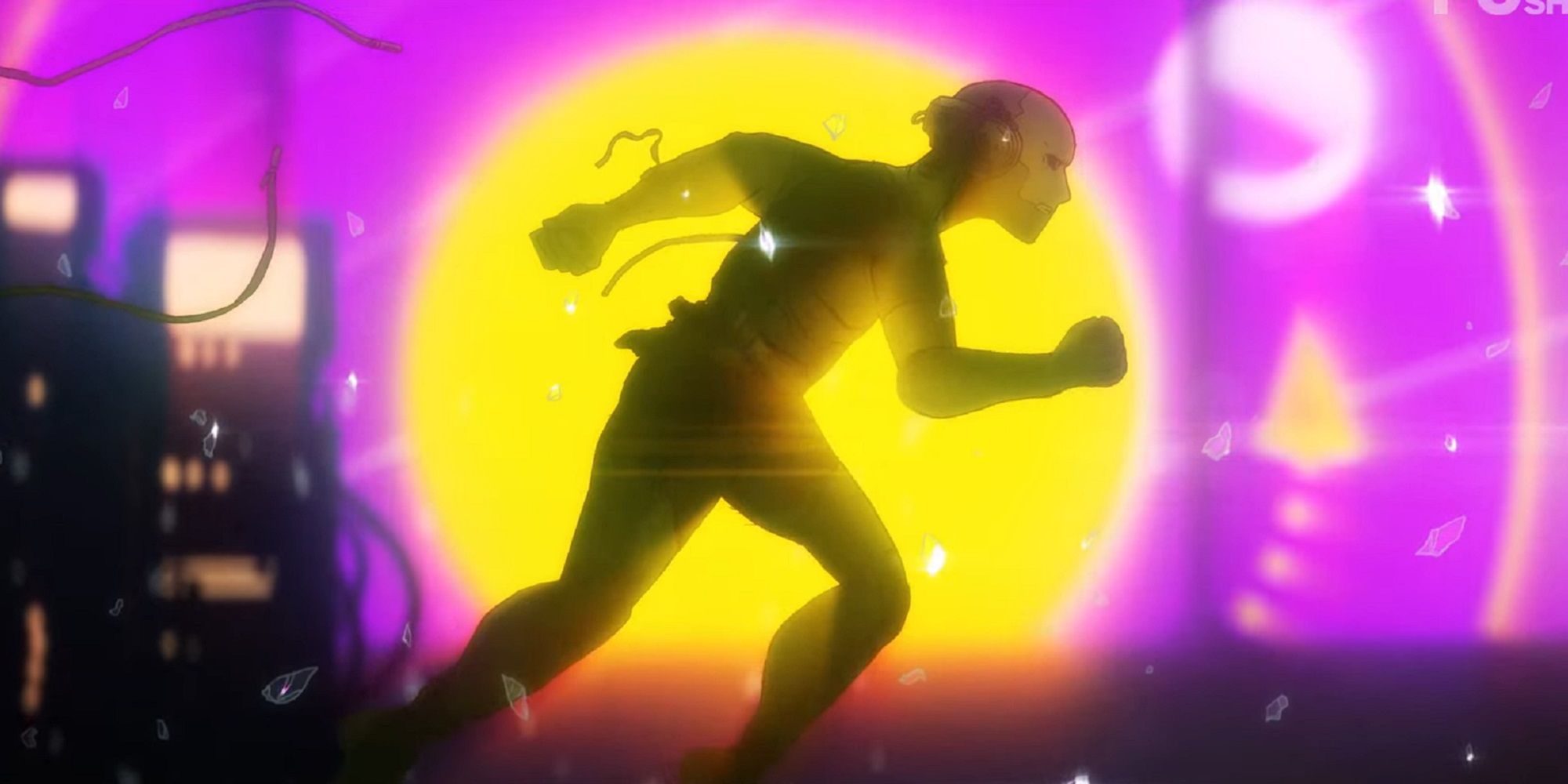
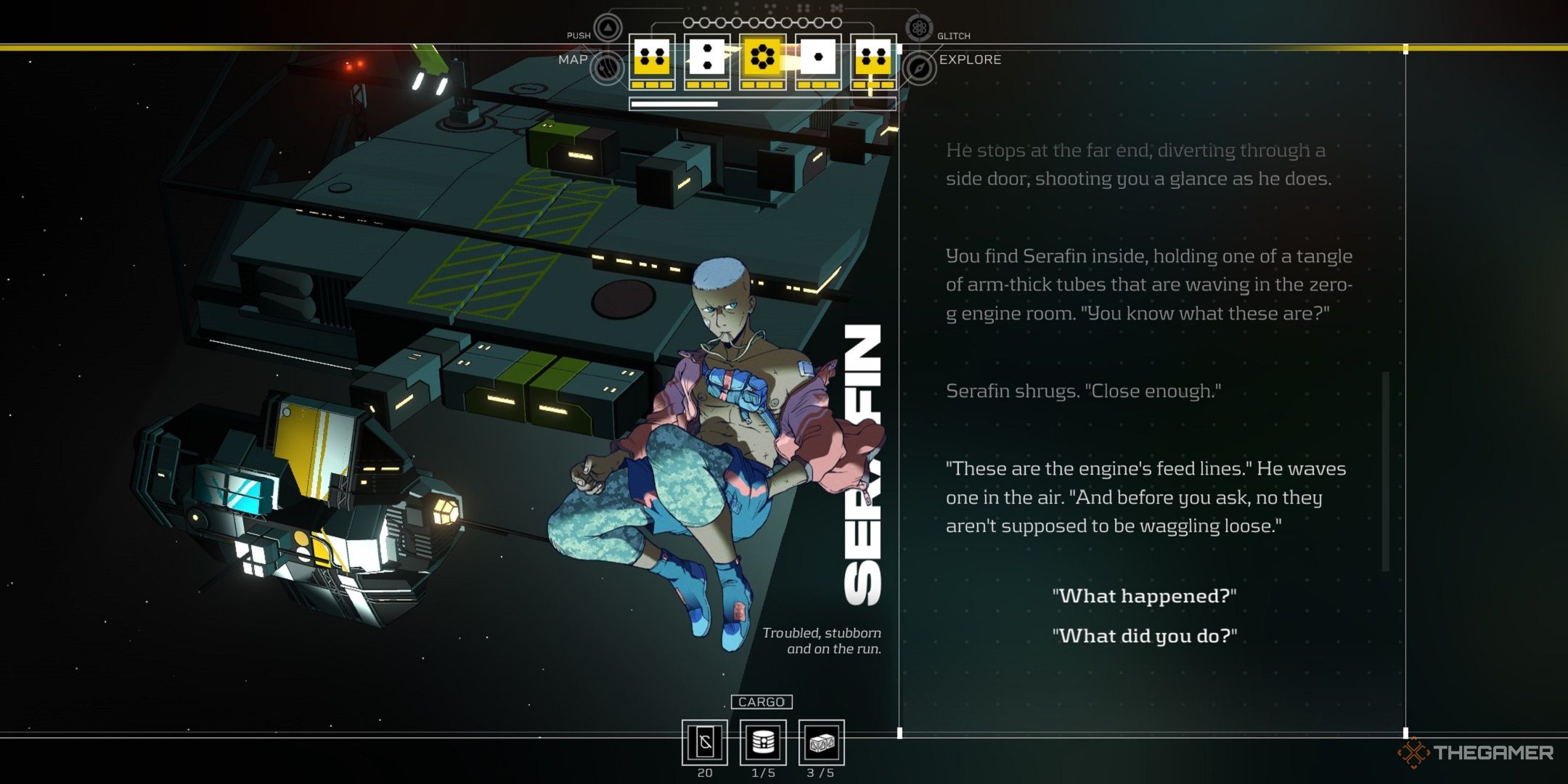
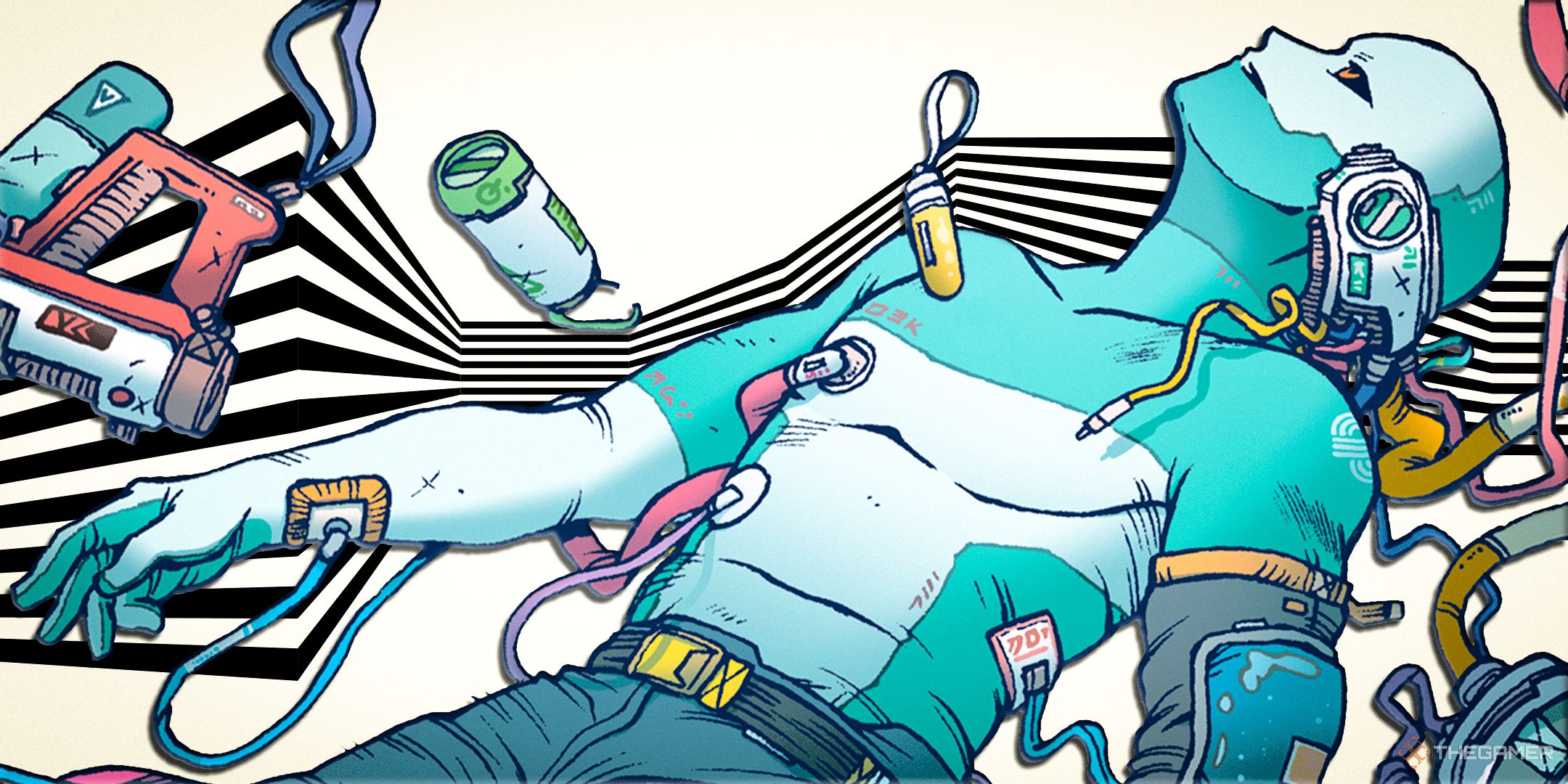
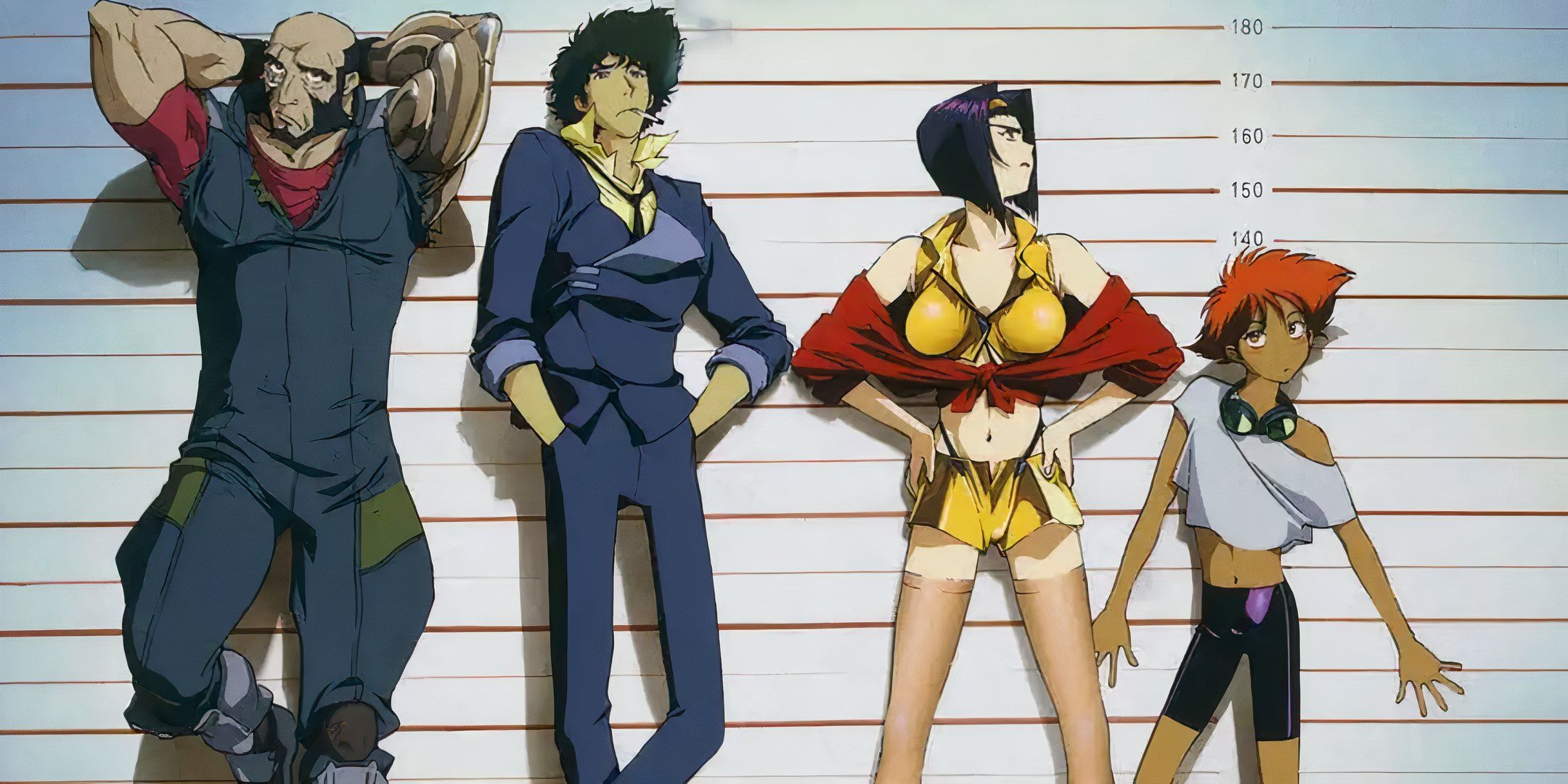
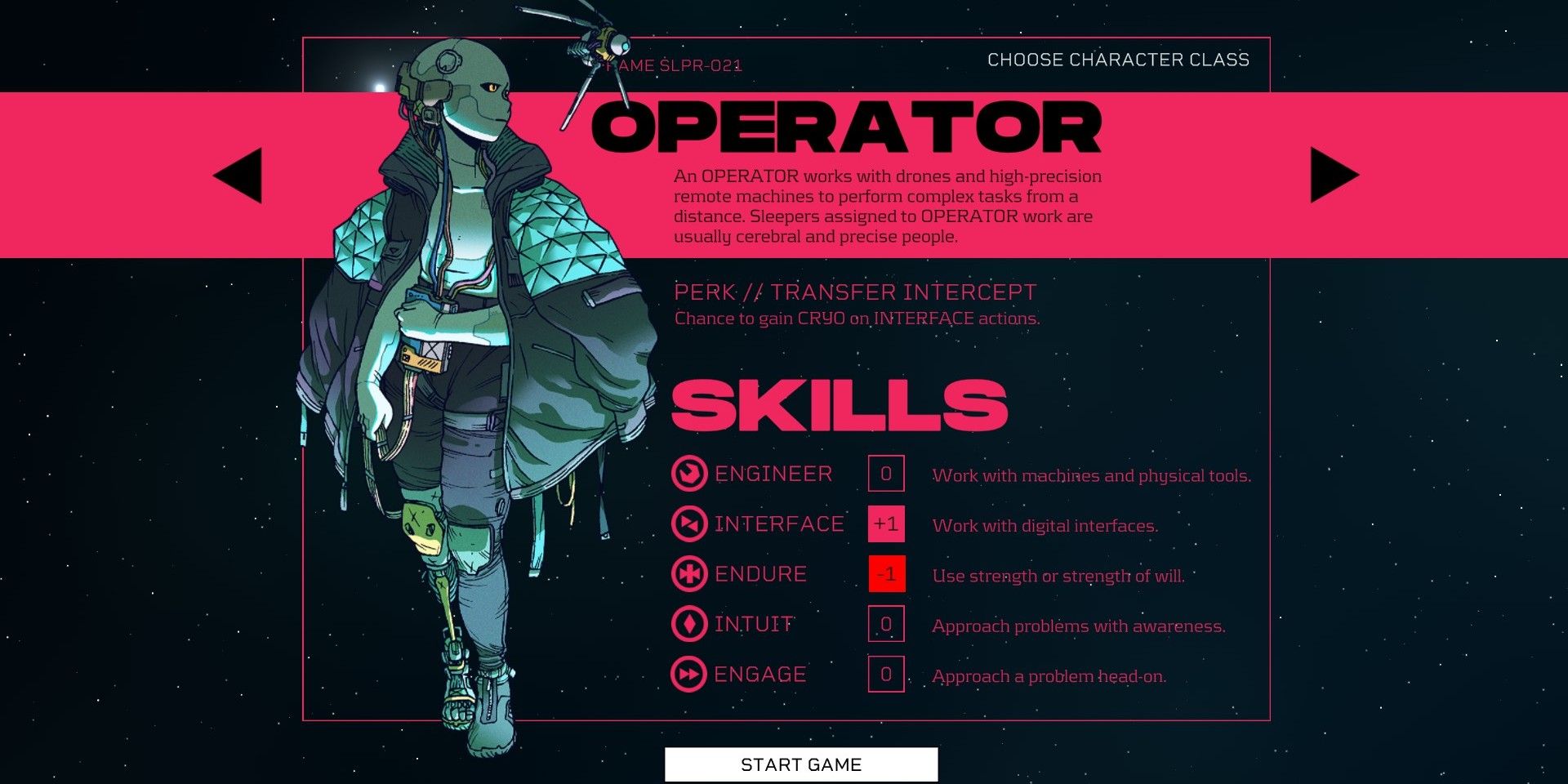
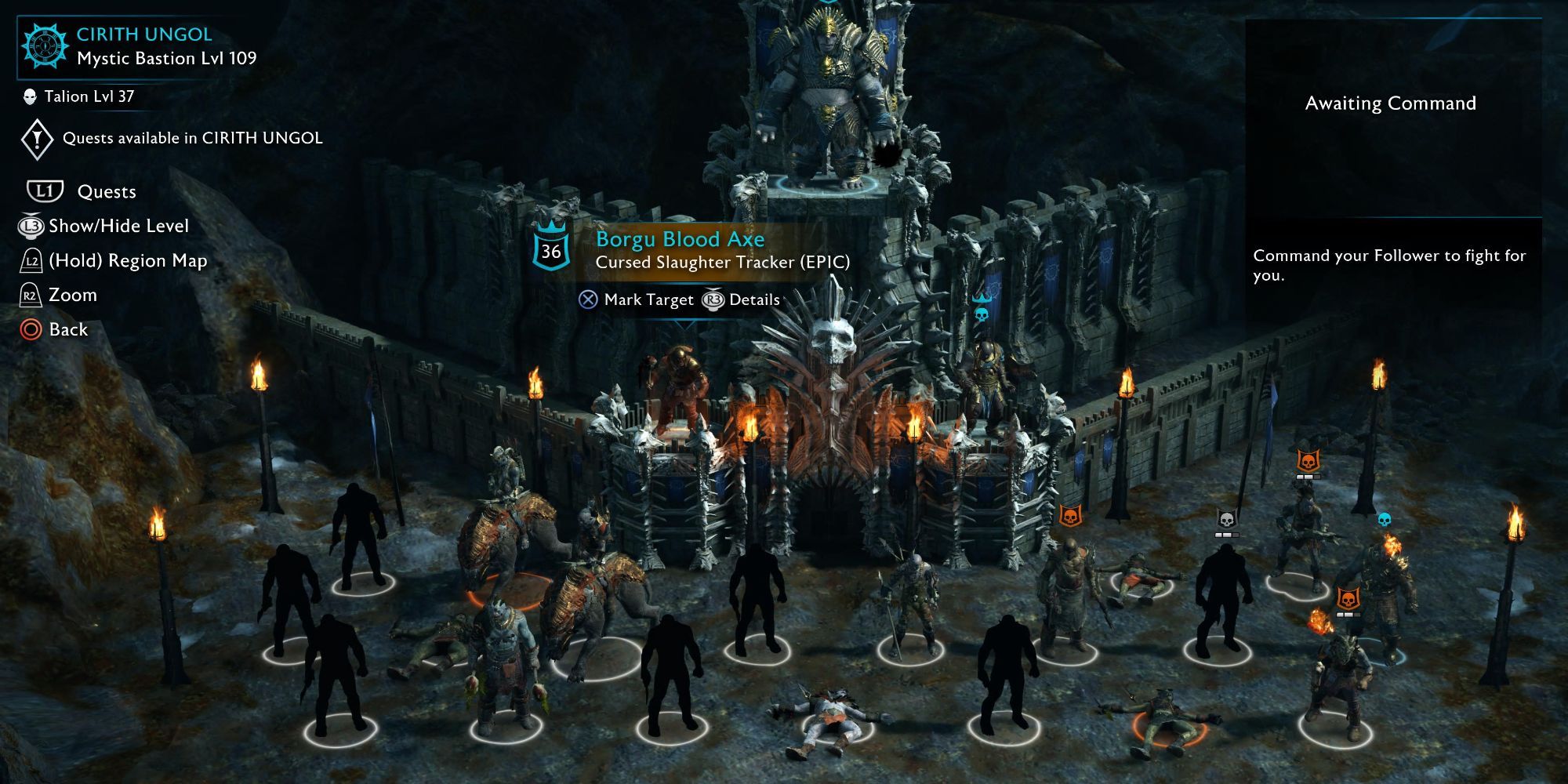
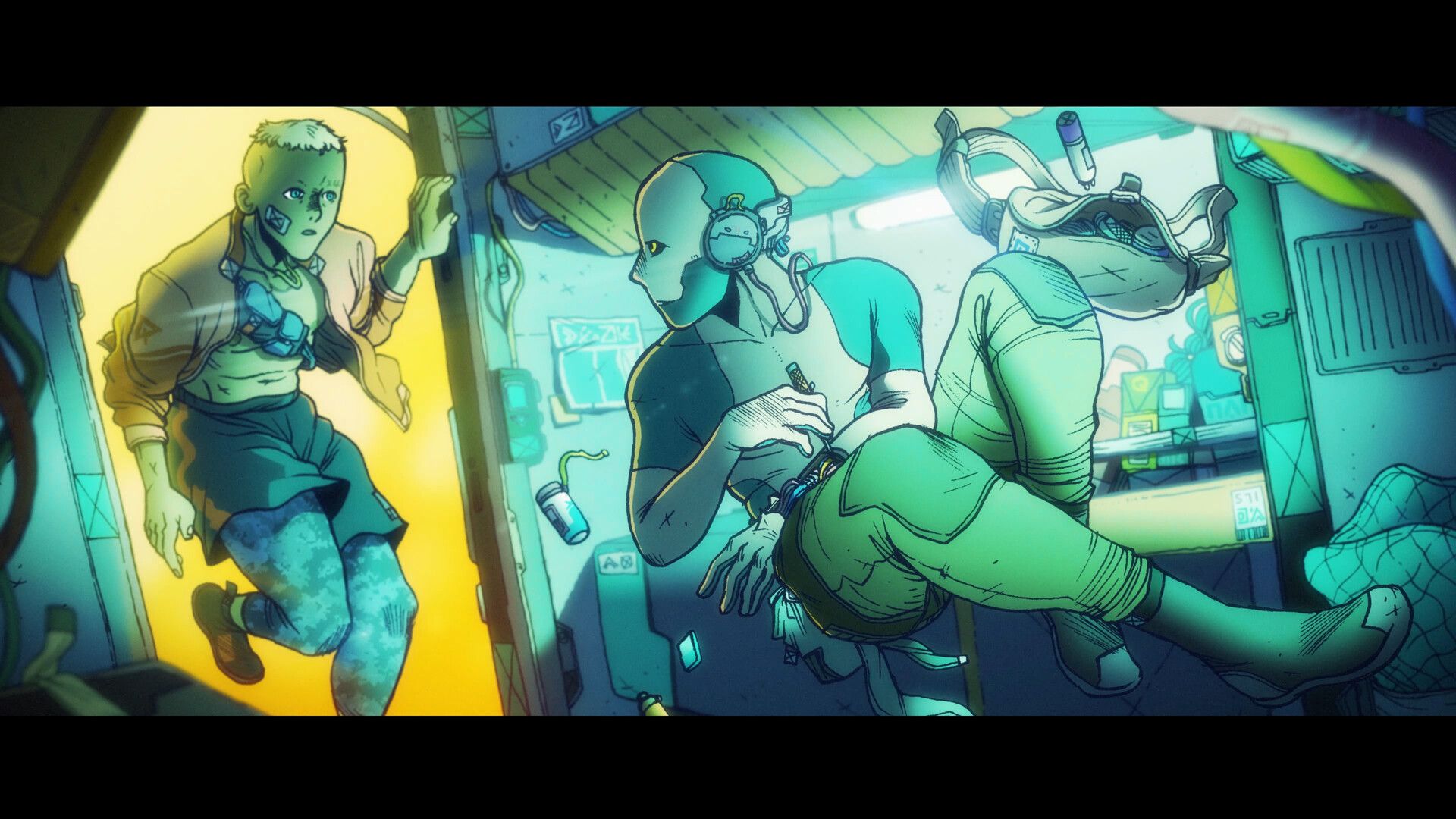
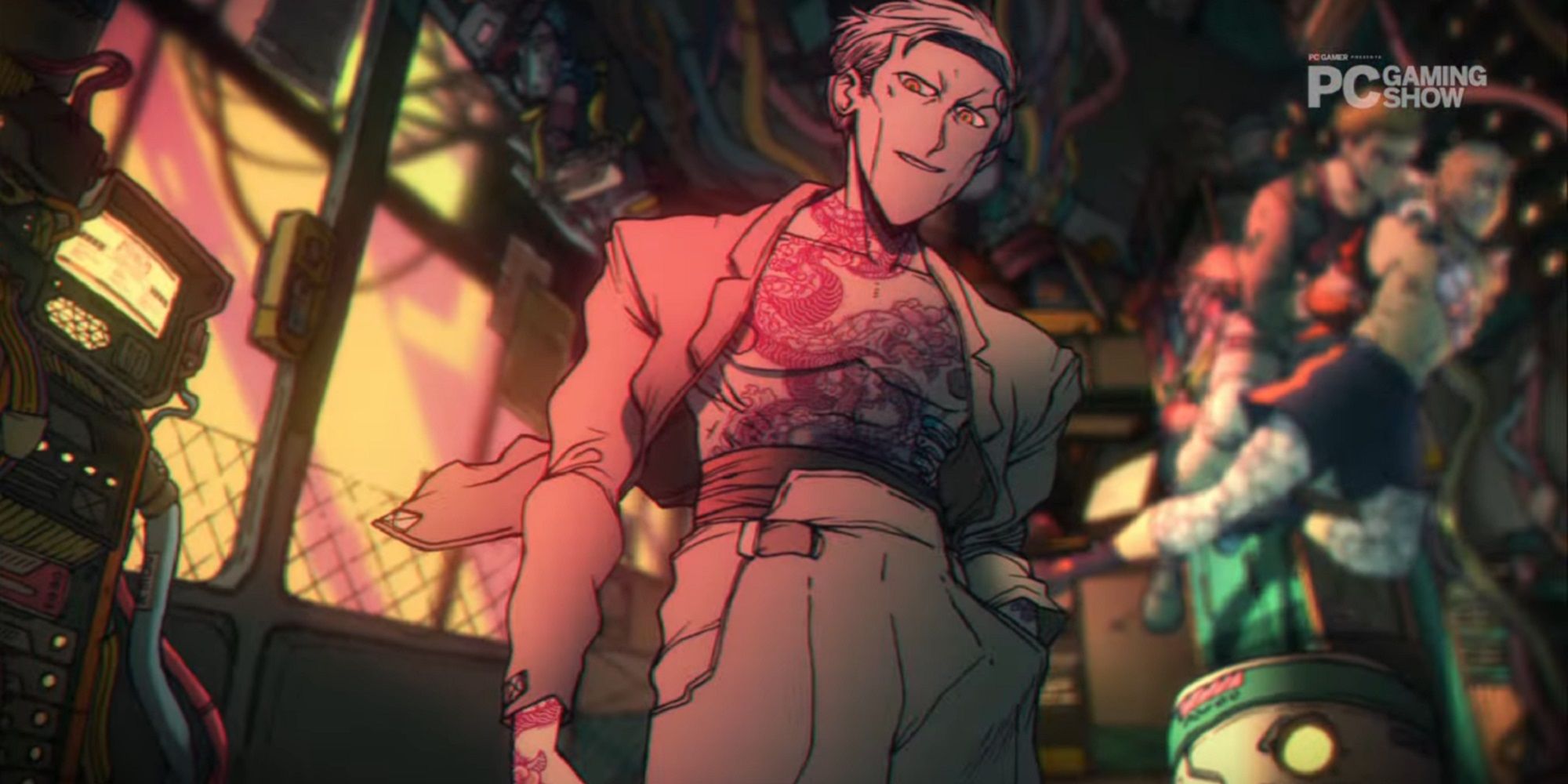
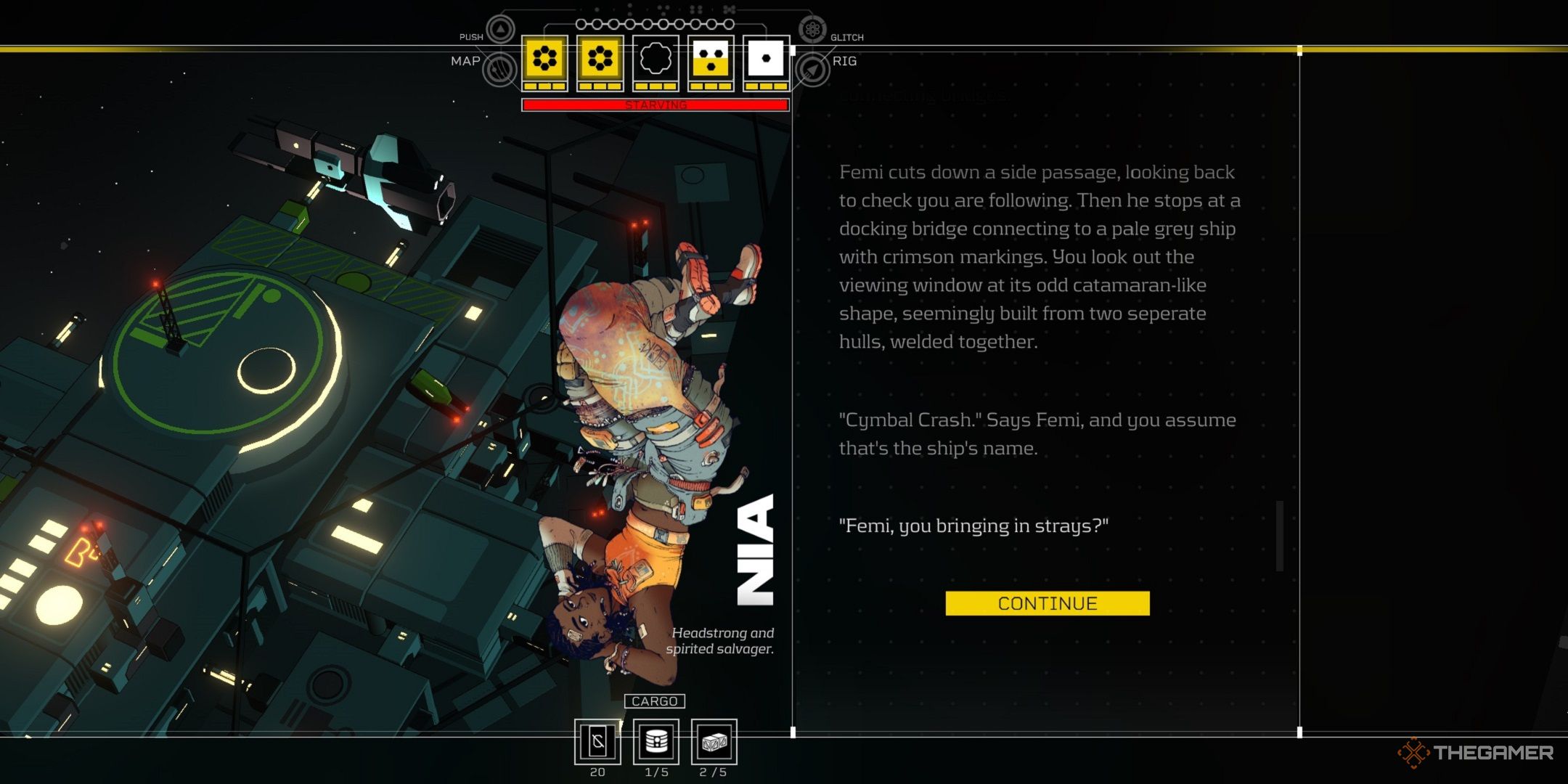









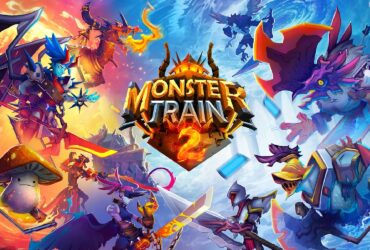
Leave a Reply